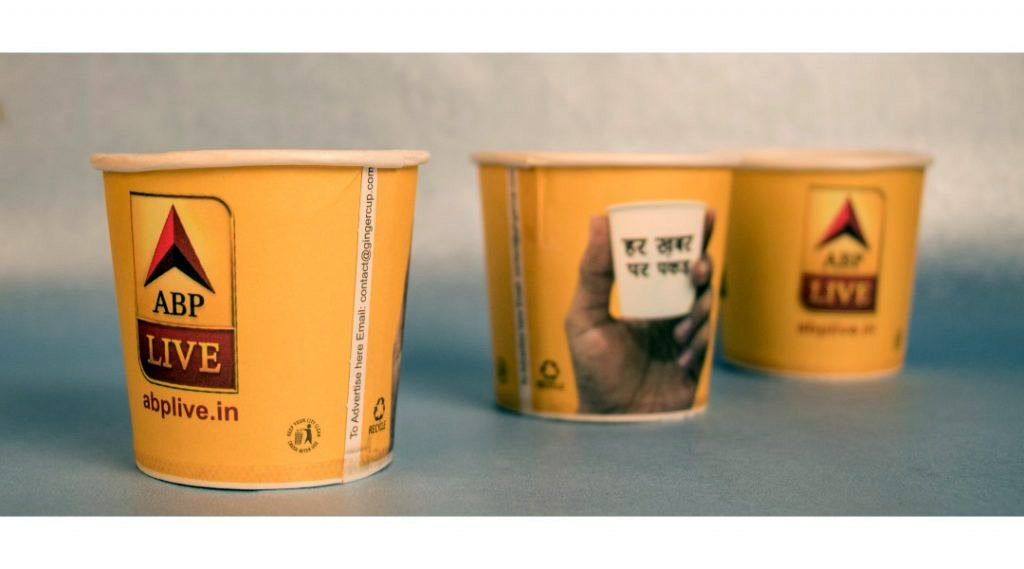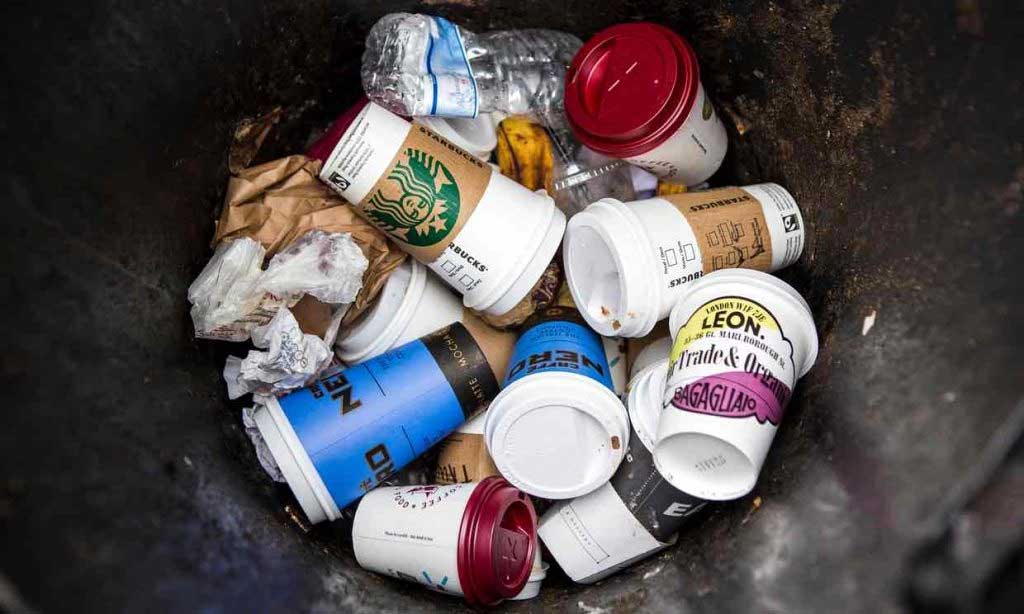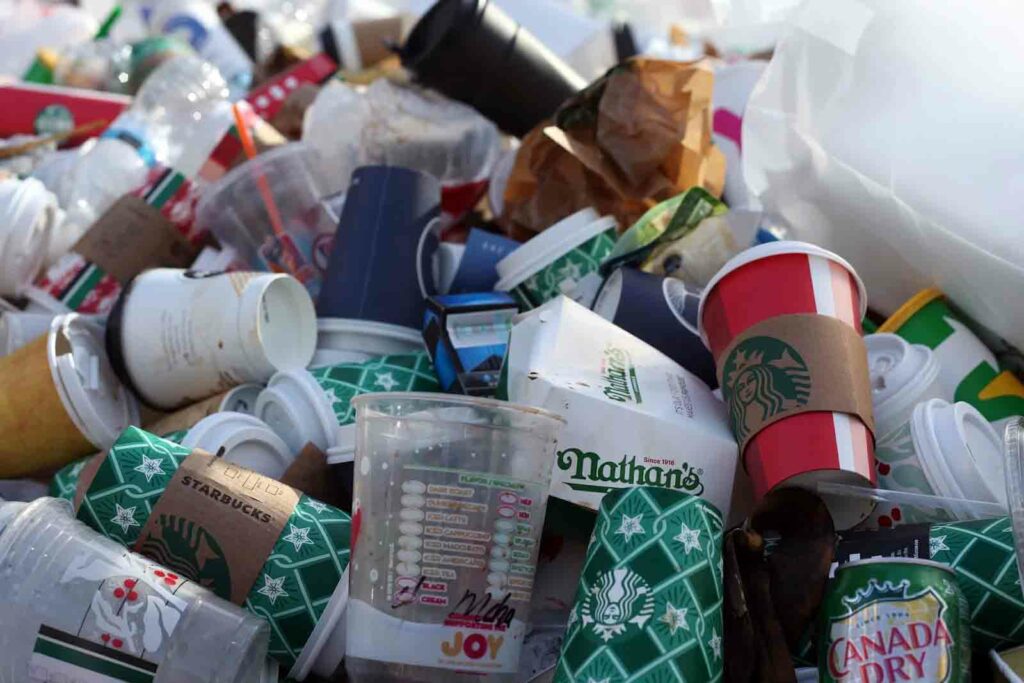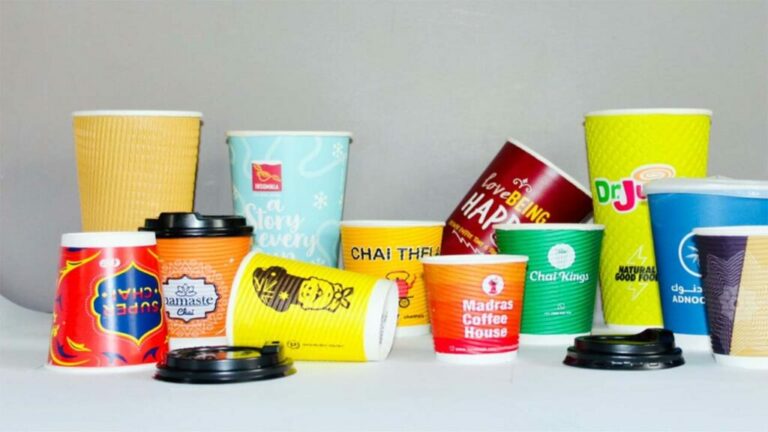Sustainable Future of Paper Cup Advertising
In the fast pace landscape of advertising, sustainability has become more than just a word for nature lovers. It is a glaring reality that is looming on humanity.
it’s a movement reshaping the industry. One area where this shift is notably pronounced is in the realm of paper cup advertising. As we stand on the brink of a new era, exploring the role of sustainability in the future of paper cup advertising becomes crucial.
It is important to know abut the journey of paper cup only than one can admire the progress it has made so far. lets explorel the impact, challenges, and promising prospects of sustainable practices in the world of branded paper cups.
Growing Popularity of Paper Cup Advertising

Paper cup advertising has carved its niche in the marketing landscape, leveraging the ever present coffee cup to communicate messages. The simplicity of this medium has fueled its popularity, with brands eager to ride the wave of consumer engagement. However, beneath the surface of success lie challenges that beckon our attention.
What Challenges Its Sustainable Future?
1. Limited Recycling Infrastructure

The journey toward a sustainable future faces a significant hurdle in the form of inadequate recycling infrastructure tailored for paper cups. While these cups have become a ubiquitous sight in coffee shops worldwide, their end-of-life fate often ends in landfills. The complexity arises from the intricate process of separating the plastic lining from the paper, posing a formidable challenge to widespread recycling efforts.
Overcoming this hurdle demands a concerted effort to enhance recycling capabilities and establish a more streamlined process. Industry collaboration, alongside technological interventions, can pave the way for an infrastructure that aligns with the sustainability goals of paper cup advertising.
2. Non-Biodegradable Paper Cup

The prevalent use of non-biodegradable materials in the production of paper cups introduces an additional layer of environmental concern. The gradual decomposition of these cups contributes to long-lasting waste issues, raising pertinent questions about the eco-friendliness of this widely embraced advertising medium.
Addressing this concern involves a transformative shift toward biodegradable materials. Innovations in materials science offer a promising avenue for the development of eco-friendly paper cups that can seamlessly integrate into sustainable advertising practices.
.
3. Consumer Behavior and Perception

Central to the success of paper cup advertising is an understanding of consumer behavior. Despite the undeniable allure of this medium, a prevailing lack of awareness or indifference toward the recyclability of these cups could undermine sustainability initiatives. Thus, a pivotal shift in consumer perception becomes imperative for ensuring the enduring impact of this advertising avenue.
To bridge this awareness gap, brands must embark on comprehensive educational campaigns. Initiatives that highlight the eco-friendly aspects of paper cup advertising can bring a positive shift in consumer attitudes, fostering a sense of responsibility toward sustainable choices.
Technological Advancements Fueling the Future of Paper Cup Advertising
As we navigate the challenges, technological advancements emerge as ray of hope, steering paper cup advertising toward a more sustainable and effective future.
- Biodegradable, Eco-Friendly Paper Cups

In the pursuit of sustainability, material science has unveiled the potential of biodegradable and eco-friendly paper cups. Brands are increasingly turning toward these alternatives, aligning their advertising strategies with the values of environmentally conscious consumers.
This transformative shift involves a careful evaluation of available materials and the adoption of those with minimal environmental impact. By transitioning to biodegradable paper cups, brands can actively contribute to a greener future and rest their commitment to sustainability.
- Advanced Analytical Tools for Better Targeting
The digital era signals a new frontier in advertising precision through advanced analytical tools. Brands can now target specific demographics, analyze consumer behavior, and customize campaigns for maximum impact. This data-driven approach transform the effectiveness of advertising efforts, ensuring that every paper cup carries a message tailored to its intended audience.
Implementing these tools requires a clever integration into advertising practices. Brands should invest in the training of marketing teams to leverage the full potential of analytics, ensuring that each campaign is backed by insights gathered from consumer data.
- Integration of Augmented Reality (AR)
Augmented Reality (AR) is a transformative force reshaping the landscape of paper cup advertising. By incorporating AR technology, brands can offer interactive and engaging experiences to consumers. Whether it’s bringing static images to life or enabling virtual try-ons, AR adds a layer of immersive storytelling to paper cup campaigns.
Integrating AR demands a creative approach to content development. Brands should collaborate with AR developers to craft experiences that captivate consumers, turning each paper cup into a canvas for innovative storytelling.
Aligning Itself with Sustainability
- The fundamental step toward sustainability lies in adopting to biodegradable paper cups. Investing in materials that minimize environmental impact not only aligns with a brand’s commitment to sustainability but also sets a precedent for responsible advertising practices.
- Moreover, promoting awareness about the recyclability and eco-friendliness of paper cups is imperative for sustained success. Brands should proactively undertake educational measures, fostering a sense of responsibility among consumers and encouraging environmentally conscious choices.
- Also, collaboration within the industry is important to addressing the recycling challenge. Brands, manufacturers, and waste management entities should work hand in hand to establish effective recycling solutions. This collaborative approach ensures that the entire lifecycle of paper cup advertising is woven into a sustainable fabric.
- Making the best use of available advanced analytical tools enables precise targeting, transforming each paper cup into a strategic advertising asset. By comprehending consumer preferences, brands can create impactful and relevant campaigns that resonate with their audience.
- Innovation remains the keypoint for sustained success. Investing in research and development to discover greener materials and methods ensures a continuous journey toward environmental responsibility. Brands should actively participate in initiatives that drive innovation in the field, contributing to the evolution of sustainable advertising practices.
Conclusion
The growing popularity of paper cup advertising is a proof to its effectiveness, but the path to a sustainable future requires collective efforts. Technological advancements and a commitment to eco-friendly practices will shape the evolution of this advertising medium, ensuring it not only captures attention but also contributes positively to the planet.







